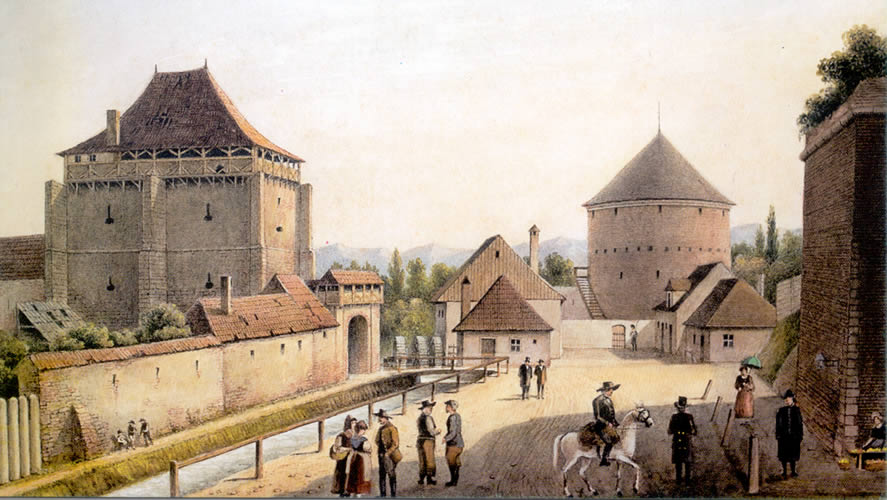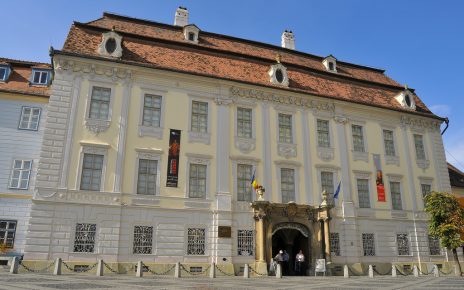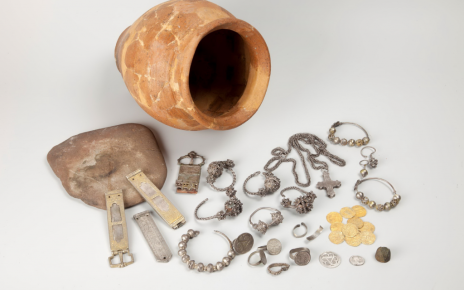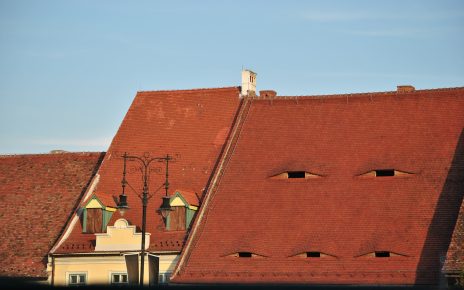Formal Mayors of Sibiu: A Historical Overview of Romania’s Vibrant City ===
Sibiu, the capital of Sibiu County in Romania, is a city rich in history and culture. Throughout the years, the city has been shaped by the leadership and vision of its formal mayors. These individuals have played a crucial role in the development and transformation of Sibiu into the vibrant city it is today. In this article, we will explore the significant contributions of formal mayors in shaping Sibiu’s history and their lasting legacy.
The Role of Formal Mayors in Shaping Sibiu’s History
Formal mayors in Sibiu have played a pivotal role in the city’s history by overseeing its growth and development. They have been responsible for implementing various policies and initiatives that have shaped the city’s infrastructure, economy, and cultural landscape. One notable figure is Friedrich Mühlenbach, who served as the mayor from 1871 to 1897. During his tenure, Mühlenbach focused on modernizing the city’s infrastructure, including the construction of the first railway station and the expansion of the road network. His vision and efforts laid the foundation for Sibiu’s future development.
Another influential mayor was Gheorghe Baritiu, who served from 1904 to 1919. Baritiu was an ardent supporter of education and culture, and under his leadership, Sibiu became a center for intellectual and artistic endeavors. He founded the Astra Library, which quickly became a cultural hub and played a significant role in promoting literature and education. Baritiu’s commitment to education continues to influence Sibiu’s vibrant cultural scene, with numerous educational institutions and cultural events flourishing in the city.
Tracing the Legacy of Romania’s Vibrant City: Formal Mayors of Sibiu
The legacy of Sibiu’s formal mayors can be witnessed throughout the city. One such example is the Grand Square, which underwent a transformation during the tenure of mayor Ernst Hermann in the early 20th century. Hermann prioritized urban planning, and under his leadership, the Grand Square was redesigned to become a stunning architectural ensemble. Today, the square stands as a testament to the progressive vision of Hermann and the importance of preserving Sibiu’s historic charm.
Furthermore, Sibiu’s formal mayors have also been instrumental in promoting the city’s cultural heritage. Emil Cioran, who served as mayor in the 1960s, played a key role in establishing the Brukenthal National Museum. This museum houses an extensive collection of art and historical artifacts, providing visitors with a glimpse into Sibiu’s rich heritage. Cioran’s dedication to preserving and showcasing the city’s cultural treasures has contributed to Sibiu’s recognition as a cultural capital of Romania.
The formal mayors of Sibiu have undoubtedly left a lasting impact on the city’s history and cultural fabric. Through their vision and leadership, Sibiu has transformed into a vibrant and thriving city, attracting visitors from all over the world. From the modernization of infrastructure to the promotion of education and culture, the formal mayors of Sibiu have played a crucial role in shaping the city’s identity. As Sibiu continues to evolve, it is important to recognize and appreciate the contributions of these remarkable individuals who have paved the way for the city’s success.



